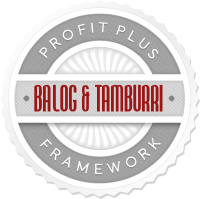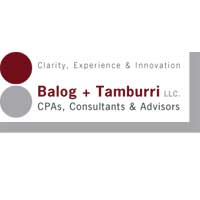The Five Top Tax Scams
Late filers can be particularly suseptable to the Bad Boy Tax Scammers out there. It’s late and your on your 12th coffee. The scammers prey on late filers and the folks using “Free” tax software. They are after your refund! The IRS an approximate 400% surge in phishing and malware incidents, and our clients report these to us as well in ever increasing numbers.
Here are the Tips we give our clients to fight the 5 top scams:
Number 1: The Phishing Expedition – BOLO for emails that look like they are from the IRS. Here’s the secret – The IRS will never email you to collect taxes or to give you a refund! NEVER! Never click on any email claiming to fro the IRS. Most of them are trying to get your SSN and bank info. Call your CPA!
Number 2: – The Threating Phone Call – AGAIN – the IRS will NEVER call you. NEVER! Any phone call from someone claiming to ne from the IRS is a SCAM. These criminals often threaten taxpayers with police arrest, deportation and license revocation, among other things. The IRS may not be your friend, but they never threaten over the phone. You also need to watch out for identity theft especially around tax time Get their name if possible and a phone number. Phish them for info, then report them to the IRS – you may be eligible for a reward!! Use IRS Form 211!
Number 3 – The Bogus Charity – It is so sad, but these low-lifes actually pretend they represent a charitable organization that does not exist. BOLO of charities with names just one word away from a well-known charity. To be safe, never donate over the phone. Get a website and check them out first. Never use your credit card. Use snail mail and write a check. IRS.gov has the tools taxpayers need to check out the status of charitable organizations. The link is http://www.sos.state.co.us/pubs/charities/news/2012/news20120402.html
Number Four – the Fake Tax Preparer: This one is particularly bad. BOLO for tax return preparers who will give you a “DEAL.” Let you in on a secret – Tax Software is VERY EXPENSIVE. The vast majority of tax professionals provide honest high-quality service. There are some dishonest preparers who set up shop each filing season to perpetrate refund fraud, identity theft and other scams that hurt taxpayers. Be aware of the “cheap” return! You may lose your house.
Number Five: The Tax Resolution Scam – There are many great and reputable organizations that can lead you out of the Valley of Darkness when you owe a ton to the IRS. Others, not so great. Be aware of fantastic claims “I owed $300,000 and only paid $200!! Never Happens! Get references, check them out first – here is a great link
http://www.wikihow.com/Hire-a-Tax-Resolution-Company-You-Can-Trust
Preventative Measures You Can Take – To avoid the scammers this tax season, you need to know what is and isn’t normal. We tend to get nervous when The Man shows up! We want to do anything they say to make the problem go away. (Remember the feeling with the blue lights are in the mirror???)
The IRS will never:
- Call and demand you make an immediate payment to avoid arrest.
- Demand you use a specific payment method such as a prepaid debit card, gift card or wire transfer.
- State that the Feds are on the way to arrest you – the say “But we can make a deal!”.
- Demand that you pay taxes now without giving you the opportunity to question or appeal the amount they say you owe.
- Ask for banking information or credit card numbers over the phone.
It is CRITICAL that you only share financial information with a licensed and registered CPA or Financial Planner. You can verify a CPA license with your state department of Licensing and Regulation. Check them out first! Many tax preparers are not licensed. The Big Box tax services have “tax professionals” who were hair dressers yesterday, and will be again on April 19th! CPA’s are personally liable if they cross the line! They are licensed registered and must go through at least 40 hours of training each year.
Pay very close attention to email addresses, and never share financial information through email.
You have the right to be informed, and also the right to appeal any IRS decisions in an independent forum. Have other questions about your rights as a taxpayer? Call us at 904-945-1220 or visit www.irs.gov/taxpayer-bill-of-rights.









 Child and Dependent Care
Child and Dependent Care